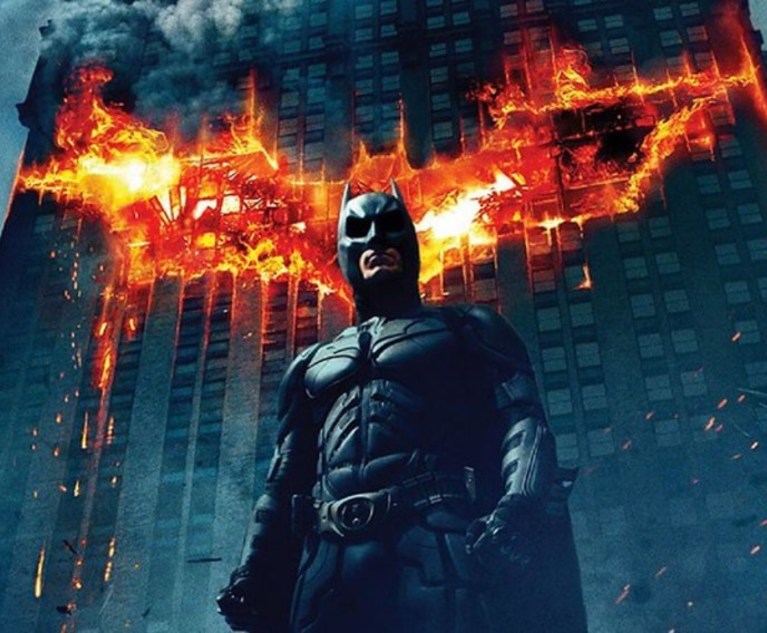 Like Jason’s appearance at the end of Friday the 13th, the Second Circuit’s recent decision in Horror Inc. v. Miller, No. 18-3123-cv, 2021 U.S. App. LEXIS 29479 (2d Cir. Sept. 30, 2021) invokes new life into the Copyright Act’s termination provision. 17 U.S.C.S. §203. Although the statute became effective on Jan. 1, 1978, the prospective nature of its terms meant that it did not have practical applicability until relatively recently. Under certain conditions, §203 of the Copyright Act provides that the author of a work “other than a work made for hire” may terminate the grant of a transfer or license under any copyright executed on or after Jan. 1, 1978, upon between two and 10 years of notice, during a five-year period, beginning 35 years after the execution or publication of the work, but no more than 40 years after execution thereof. Id.
Like Jason’s appearance at the end of Friday the 13th, the Second Circuit’s recent decision in Horror Inc. v. Miller, No. 18-3123-cv, 2021 U.S. App. LEXIS 29479 (2d Cir. Sept. 30, 2021) invokes new life into the Copyright Act’s termination provision. 17 U.S.C.S. §203. Although the statute became effective on Jan. 1, 1978, the prospective nature of its terms meant that it did not have practical applicability until relatively recently. Under certain conditions, §203 of the Copyright Act provides that the author of a work “other than a work made for hire” may terminate the grant of a transfer or license under any copyright executed on or after Jan. 1, 1978, upon between two and 10 years of notice, during a five-year period, beginning 35 years after the execution or publication of the work, but no more than 40 years after execution thereof. Id.
For copyrights registered under the 1909 Copyright Act, which does not contain a definition of “work for hire,” Circuit Courts of Appeals have generally applied the “instance and expense” test to determine if a work was a work for hire. See Marvel Characters v. Kirby, 726 F.3d 119, 137 (2d Cir. 2013) (explaining the history and application of the “instance and expense test.”). Under the “instance and expense” test, courts created “a presumption of copyright ownership in the commissioning party at whose ‘instance and expense’ the work was done.” Forward v. Thorogood, 985 F.2d 604, 606 (1st Cir. 1993), quoted in Markham Concepts v. Hasbro, No. 19-1927, 2021 U.S. App. LEXIS 17693, at *10 (1st Cir. June 14, 2021) (determining that Markham’s work on “The Game of Life” was work for hire and depriving Markham of termination rights under 17 U.S.C.S. §203). This test generally leads to a finding that the copyright is owned by the corporate entity or hiring party. Courts continue to apply this test to works created prior to 1976 to determine whether the work was a work for hire. Markham Concept v. Hasbro, No. 19-1927, 2021 U.S. App. LEXIS 17693 (1st Cir. June 14, 2021).






